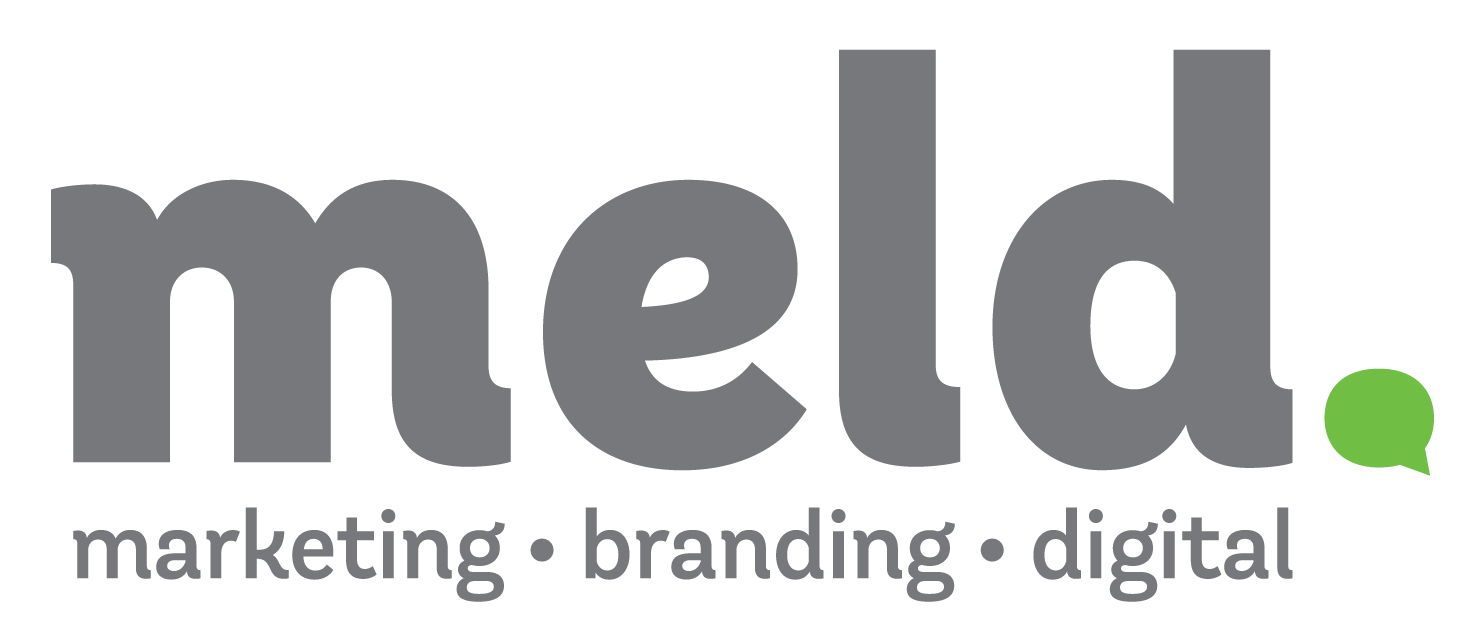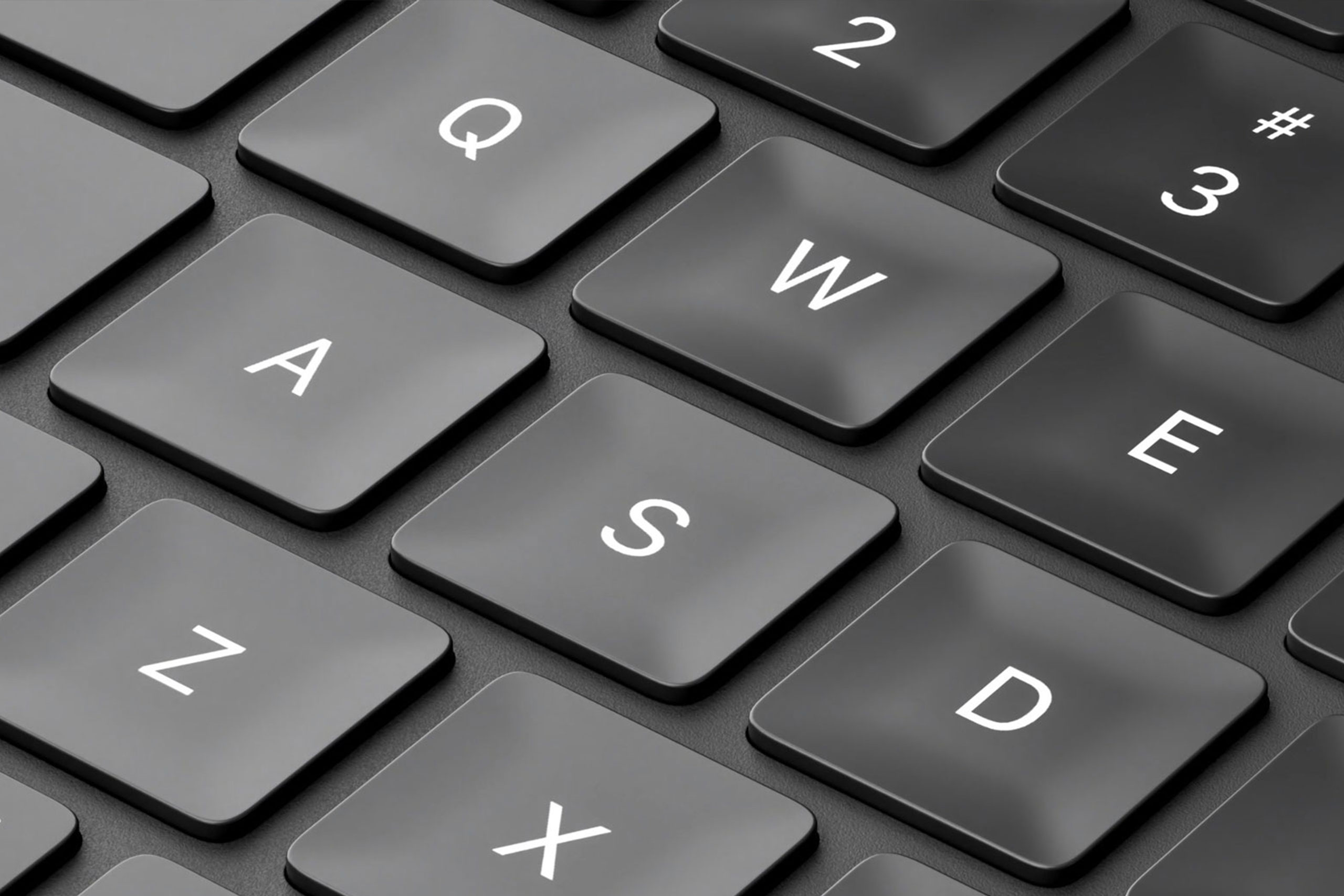A company rebrand can be an exhilarating experience. Starting fresh with a new identity and renewed vision is the encouragement many business leaders need to recalibrate their strategy to drive substantial growth for the business.
However, as with any change, the ‘what ifs’ can feel terrifying. What if the rebrand does more harm than good? What if customers and the general public no longer recognize the company? What if the rebrand fails to produce the effect intended?
It’s important to separate the myths about rebranding from the facts.
Before your imagination starts running wild and turning worst-case scenarios into reality, check out our list of rebranding myths. These are some of the biggest misconceptions we encounter when clients approach Meld to explore a business rebrand.
Myth #1: Rebranding means completely scrapping the old brand.
A rebrand can result in a fundamental change to the company’s visual identity, core positioning, and sometimes even its name. However, a rebrand can also be an evolution—a brand’s primary components may remain the same while the brand positioning and other elements get a makeover.
Here’s an example from the self-proclaimed king of burgers. Last year, Burger King transformed its visual identity to create a brand modern consumers could feel good about. This global rebrand—the first in more than two decades—was intended to make the brand feel less artificial and more “real, craveable and easy.” The new logo draws inspiration from Burger King’s original logo, paying homage to the brand’s heritage with a simple design.
As you’ll notice, the most recent logo looks almost identical to the version from 1994. This is no coincidence.

The takeaway: Sometimes a rebrand can actually preserve components of the old brand. It is possible to create an identity that both represents the company’s current business model and builds on the brand audiences already recognize.
Myth #2: Rebranding is simply updating your logo.
Have you ever gone through the process of remodeling an old home, or even just watched the experience unfold on your favorite TV show? Home remodeling is a multi-step process—you might need to perform demolition, install new electrical or plumbing systems, tackle framing and drywall, replace cabinets and fixtures, or reinstall flooring. And that’s not even a comprehensive list.
Updating your company’s logo during a rebrand is the home remodeling equivalent of installing new siding. New siding can make your home look great from the outside, but on the inside, there are still critical tasks to address before the new owners move in.
Before a rebrand can begin, the framework must be established. This includes:
- Brand positioning or what you might call the who, what, and why.
- Key messaging including vision and values, or what many refer to as the brand promise, pillars, and personality.
- Visual identity including colors, typography, photo and video style.
- Brand relaunch plan. Think of this as the open house after you have remodeled your home. It’s time to bring audiences along for the ride. Introduce the new brand and celebrate it together. Many businesses skip this, but it’s a critical step.
- Keep going. Now that you’ve invested the time and money in understanding who you are and where you are going, don’t forget to keep telling your story. The rebrand sets the foundation to continue to live the brand by sharing content that reinforces your brand positioning. This is really just the starting line—branding is a marathon, not a sprint.
Creating a new logo is often one of the most exciting parts of a rebrand. Just make sure your flashy new logo doesn’t overshadow the importance of the other steps in the process.
Myth #3: Your customers will no longer recognize your brand.
The piece of fruit with a bite missing. The black checkmark. The red bullseye. The golden arches.
Most people immediately recognize these brands, even without a visual cue. Why? Because each of these well-known brands have done an exceptional job at maintaining consistency.
Nonetheless, these brands have also evolved over the years. Take Apple, for instance. The Apple of the late 1970s and the Apple of today look and sound very different. But the question remains: Would Apple be as successful today if they hadn’t made key brand pivots to adapt to changing times and their evolving target demographic?
Rebranding your business is a leap of faith. With the right foresight, planning, and strategy, your current and potential customers will react favorably. As we’ll discuss a little later, recognition doesn’t happen overnight or even over the course of several weeks. This is why working with a partner during a rebrand and creating a solid launch strategy to unveil the new brand are critical.
A Local Business Example
Meld teamed up with Oasis Falafel, a staple of the Iowa City community, to help the company expand their sales from restaurant only to retail outlets throughout the region, including Hy-Vee, Costco, Whole Foods, Natural Grocers, and more. Rebranding the company from Oasis Falafel to Oasis Street Food required extensive market research, a new brand identity, updated messaging, and eye-catching packaging.
A key part of our work together involved incorporating elements of the old brand with the new brand for increased recognition, managing public relations, and emphasizing brand differentiators to help these points stick with the Oasis Street Food audience. The key to this brand evolution was recognizing that part of the brand positioning strength was rooted in the fact the grocery store sales evolved from the restaurant.
Read more about this successful rebrand in the full case study.
Myth #4: Rebranding is a one-time thing.
As time goes on and your business grows and evolves, a rebrand may become necessary. Several years down the line, another rebrand may also make sense—this is a common scenario throughout the life of a business.
Many people assume that a rebrand only happens once. However, savvy business owners know the audiences that engage with their brand must be in the driver’s seat. When a company’s brand no longer resonates with its loyal following or when the market shifts, a pivot becomes necessary to sustain the business.
Remember, you either change or get left behind—and our world is evolving constantly.
Myth #5: Audiences will immediately adapt to the rebrand.
In many ways, a company rebrand is a lesson in change management. People are creatures of habit. Sometimes they need a little guidance to transform their behavior or their perceptions.
Unfortunately, you can’t assume your rebrand will speak for itself, or that audiences will see a new logo or a social post announcing the rebrand and react appropriately. Anyone who’s ever been part of implementing a new change knows that the one-and-done approach doesn’t work. You must remind those impacted by the change and reinforce it constantly.
When we help clients launch a new brand, Meld creates a multi-pronged strategy that spans every channel and touchpoint with the brand. This includes both external and internal audiences. We talk a lot about customers adapting to the new brand, but sometimes staff and employees—especially those who have been with a company for years—find it most difficult to adjust to change.
Myth #6: A rebrand is way outside my budget.
A rebrand executed effectively is an investment, but the value can’t be understated. When you have a brand that reflects outdated company values or stems from an antiquated view of the market, the cost to your bottom line can become substantial. Lagging behind as competitors advance may ultimately inhibit your business from growing.
Ask yourself this important question: Can my business afford to continue relying on its current brand to reach new levels of success?
If the answer is no and your current brand is holding your business back from being competitive in the market, it’s time to consider investing in a rebrand.
The best thing you can do is have the conversation. We’d love to talk about your brand and how it has evolved so we can help you create a strategy for achieving your future objectives. Reach out and let us know you’re ready to talk!
The Meld team has helped many businesses in Iowa and beyond evolve their brand. Check out our work to see real-life examples of successful rebrands.



